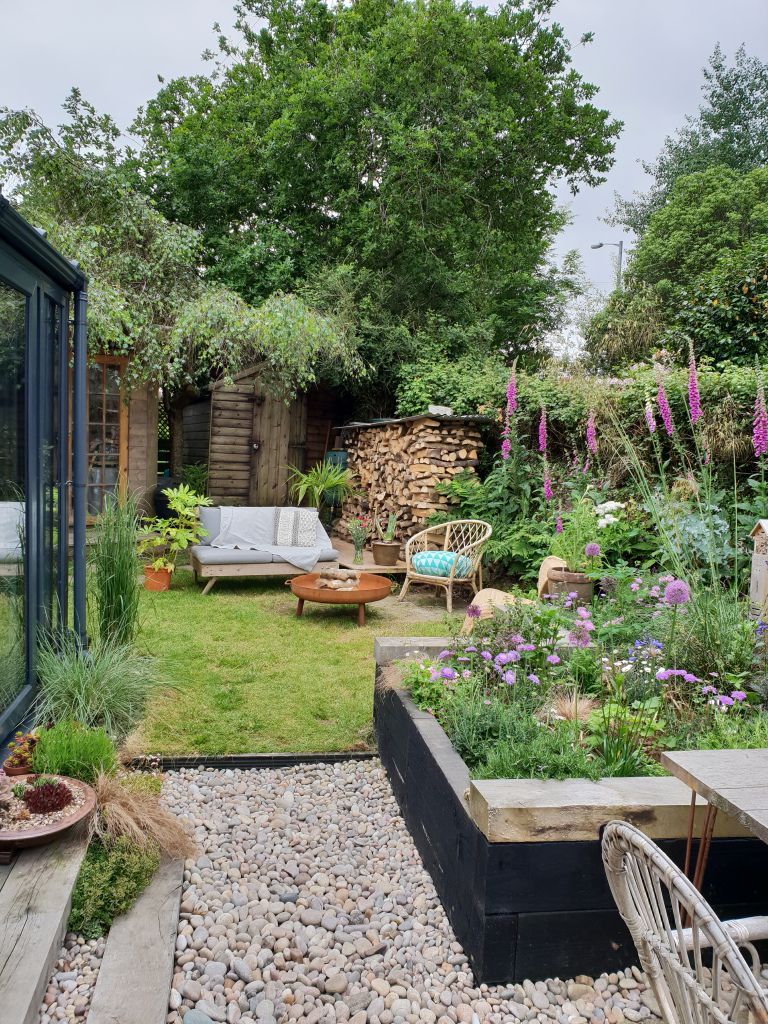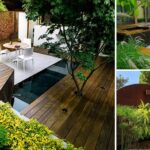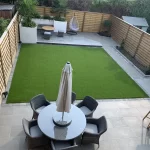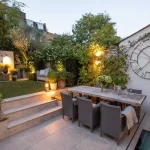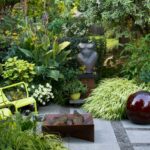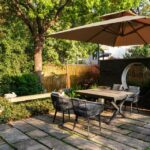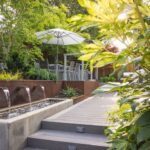Gardening is a beloved pastime for many people, but it can be a challenge to design a beautiful garden in a small space. However, with some careful planning and creative thinking, it is possible to create a stunning garden that makes the most of every inch of space available.
One key aspect of designing a small garden is to carefully consider the layout and placement of plants. By choosing plants that are well-suited to the size of the space and arranging them strategically, it is possible to create a sense of depth and interest in even the smallest of gardens. Using plants of varying heights and textures can help to create a visually appealing garden that feels lush and full.
In addition to the layout of plants, it is also important to consider the use of hardscaping elements in small garden design. Features such as pathways, patios, and garden walls can help to define different areas of the garden and create a sense of structure. By incorporating hardscaping elements into the design, it is possible to maximize the use of space and create a garden that is both functional and beautiful.
Another important consideration in small garden design is the use of color. By choosing a cohesive color scheme and incorporating plants with different flowering times, it is possible to create a garden that is visually appealing year-round. Brightly colored flowers and foliage can help to create a sense of energy and vitality in a small garden, while more muted tones can help to create a sense of tranquility and calm.
When designing a small garden, it is also important to consider the use of containers. Planting in containers is a great way to add interest and variety to a small garden, as well as allowing for flexibility in the placement of plants. By choosing a variety of containers in different sizes and shapes, it is possible to create a garden that is both dynamic and visually interesting.
Finally, when designing a small garden, it is important to consider the use of vertical space. By using trellises, arbors, and other vertical structures, it is possible to create a garden that feels larger and more expansive. Vertical gardening techniques can help to maximize the use of space and create a garden that is both beautiful and functional, even in the smallest of spaces.
